John Morrissey for the Conversation:
In a paper published in Current Biology, we discovered how “milk yeast” – the handy microorganism that can decompose lactose in milk to create dairy products like cheese and yoghurt – originated from a chance encounter between a fruit fly and a pail of milk around 5,500 years ago. This happy accident allowed prehistoric people to domesticate yeast in much the same way they domesticated crop plants and livestock animals, and produce the cheeses and yogurts billions of people enjoy today.
And you know I’m a sucker for a good love story. It goes on:
Kluyveromyces lactis, or milk yeast, is found in French and Italian cheeses made from unpasteurised milk, and in natural fermented dairy drinks like kefir. But the ancestor of this microbe was originally associated with the fruit fly, so how did it end up making many of the dairy products that people eat today? We believe milk yeast owes its very existence to a fly landing in fermenting milk and starting an unusual sexual liaison. The fly in question was the common fruit fly, Drosophila, and it carried with it the ancestor of K. lactis. Although the fly died, the yeast lived, but with a problem – it could not use the lactose in milk as a food source. Instead, it found an unconventional solution – sex with its cousin.
When K. lactis arrived with the fly, its cousin K. marxianus was already happily growing in the milk. K. marxianus is able to use lactose for growth because it has two extra proteins which can help break down lactose into simple sugars that it then uses for energy. The cousins reproduced and the genes needed to use lactose transferred from K. marxianus to K. lactis. The end result was that K. lactis acquired two new genes and could then grow on lactose and survive on its own. The fermented product that K. lactis made must have been particularly delicious as it was used to start a new fermentation – a routine that has continued to the present day.
I like thinking about chance and what it has afforded us in life.
Who did Pat Brown meet that made him vegan? What monk first thought it was a gift to replace meat with plants? Who let things rot and then ate them — aka fermentation? Who found out that some nuts have to be roasted twice to not be poisonous? Have we eaten everything new under the sun?
